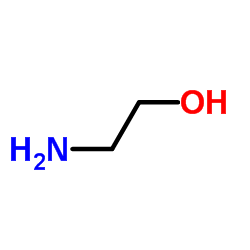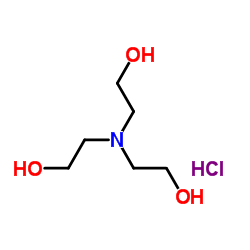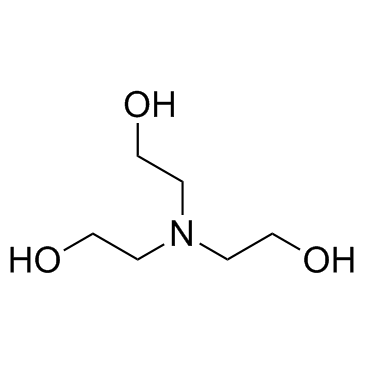| Structure | Name/CAS No. | Articles |
|---|---|---|
 |
2-Aminoethanol
CAS:141-43-5 |
|
 |
TRIETHANOLAMINE HYDROCHLORIDE
CAS:637-39-8 |
|
 |
Triethanolamine
CAS:102-71-6 |